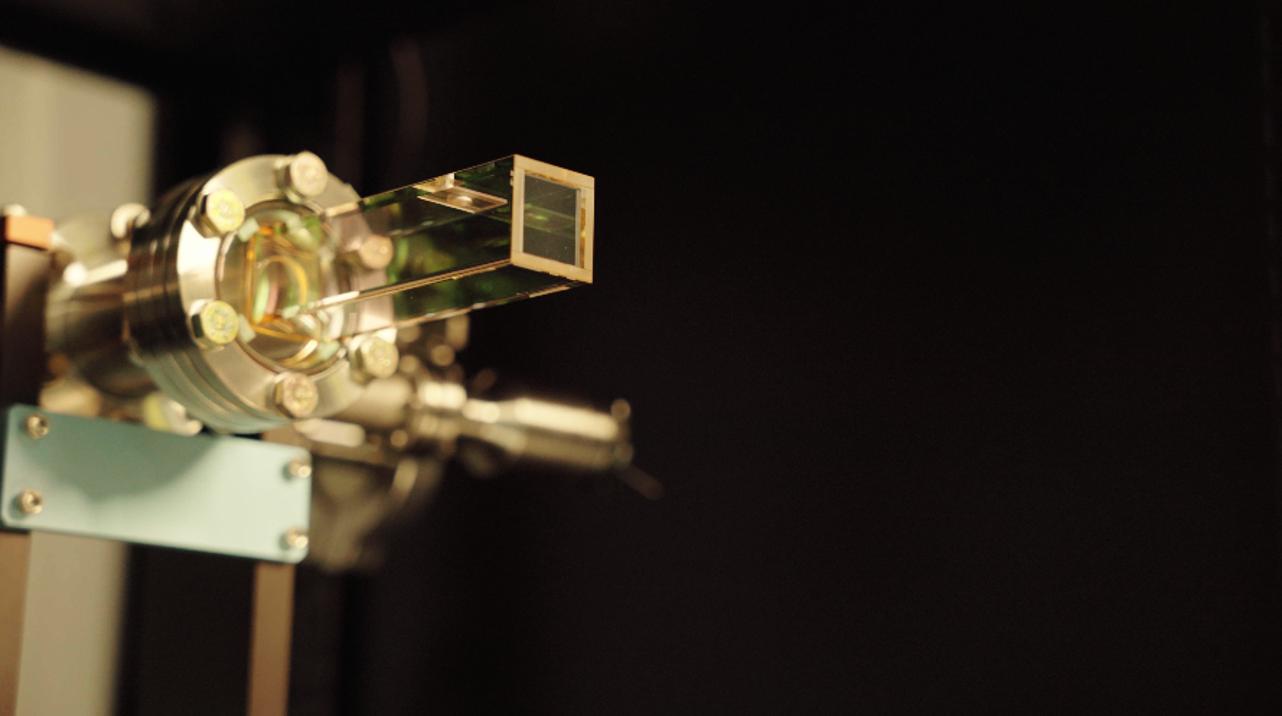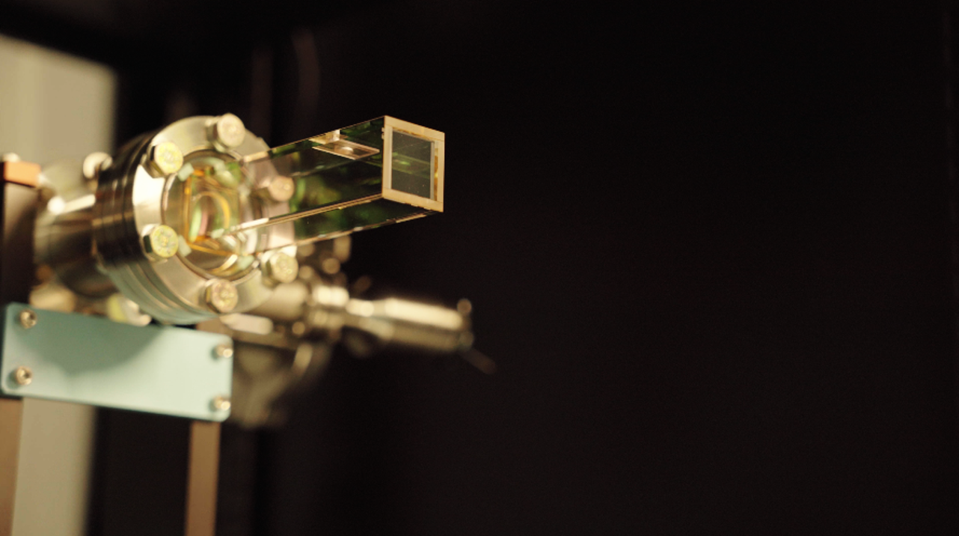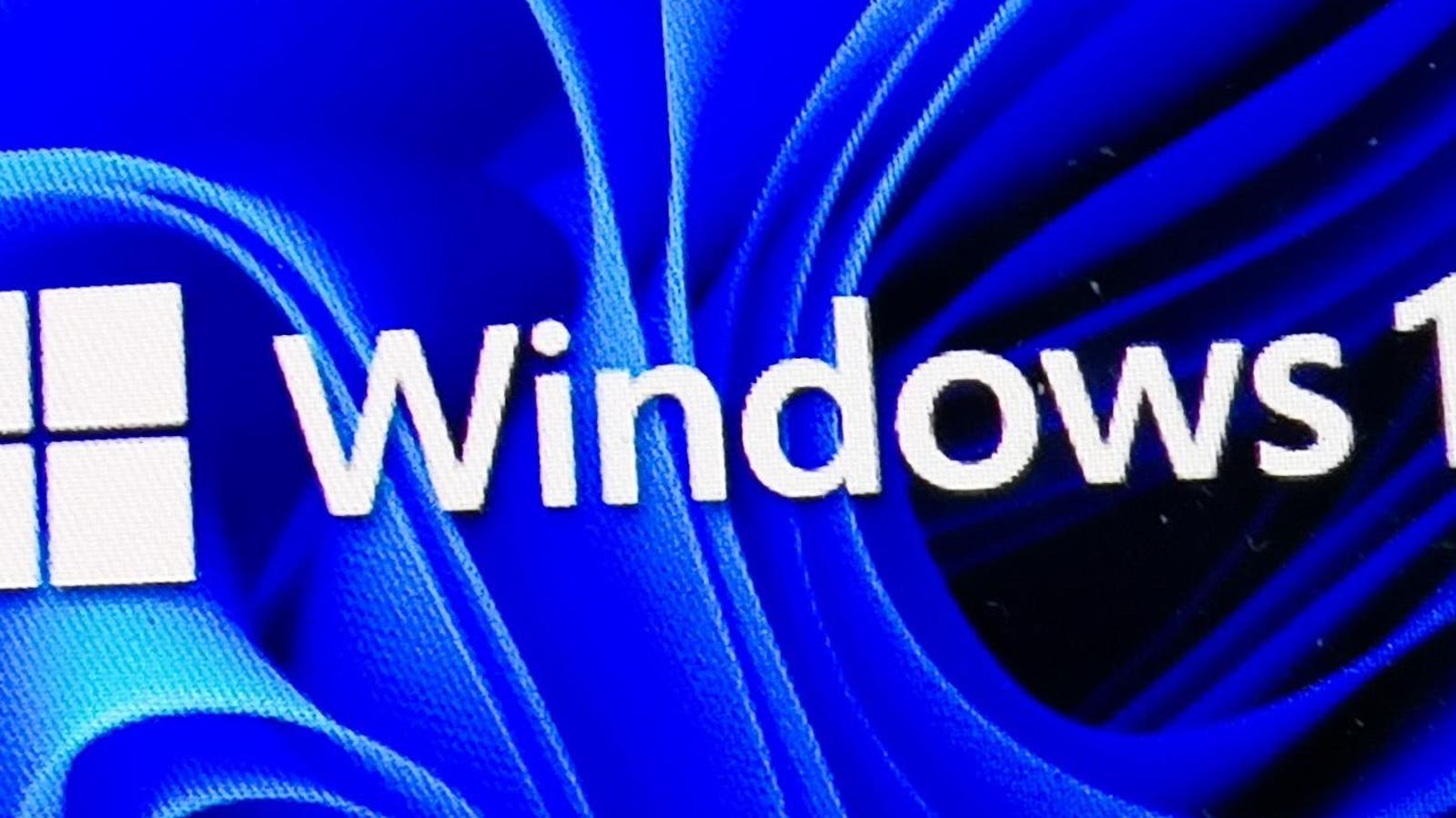Quantum Source’s photonic chip assembled in a small vacuum cell containing rubidium atoms.
Quantum Source
Quantum Source today announced Origin, packaging its breakthrough technology in a basic building block of photonic quantum computer, promising to deliver fault-tolerant systems that operate at room temperature, fit within standard server racks, and scale to millions of qubits or fundamental units of quantum information. According to co-founder and CEO Oded Melamed, Quantum Source will ship Origin to selected customers in 2026, with general availability in 2027.
As Melamed tells it, after Sony Corporation acquired the semiconductor company he co-founded, he contemplated early retirement. However, his friends and colleagues from the semiconductor industry—Gil Semo and Dan Charash—kept urging him to start another company to implement a novel approach to photonic quantum computing, conceived by Barak Dayan, a “crazy professor” from the Weizmann Institute.
In April 2023, Quantum Source raised $27 million in one of the largest seed rounds in quantum computing at the time, and raised another $50 million in September 2024. In between funding rounds, former Israeli Prime Minister Naftali Bennett joined the startup’s board of directors.
Before he entered politics, Bennett had a successful career as an entrepreneur, selling two startups he co-founded. When he completed his tenure as prime minister, Bennett says, “I got, without exaggeration, over a hundred offers from companies in Israel.” Bennett wanted to be “very selective,” and to date, has joined the boards of only three Israeli startups: Lasso Security (securing generative AI), Remepy (digital interventions to enhance drug effectiveness), and Quantum Source. His selection criteria? ”It’s the combination of the team, the [national] importance, and how interesting it is.”
When he served as Minister of Economy, Bennett established the Israel Innovation Authority, which funds innovative technology-related R&D projects and initiatives. “The unique part about quantum from a national perspective,” says Bennett, “is that you can’t rely only on private money because of the timeframe and the risk associated with it.” As for Quantum Source, he adds, “I think they’ve cracked a very unique angle.”
A recent McKinsey research report estimated that the quantum computing market will grow from $4 billion in revenue in 2024 to as much as $72 billion in 2035, with the chemicals, life sciences, finance, and mobility industries expected to see the most significant growth. In 2024, private and public entities invested nearly $2 billion in quantum startups worldwide, a 50% increase over 2023.
This private and public investment goes to companies pursuing several different approaches to quantum computing hardware. Established companies like Google, IBM, and Honeywell have experimented with trapped ions, superconducting circuits, or neutral atoms, promising modalities that, however, require complex, expensive, and difficult-to-manage and control systems.
Photonic quantum computing is a quantum computation approach that uses photons—particles of light—as qubits. In this approach, quantum information is encoded in various properties of photons, and computation is performed by manipulating these photonic states using optical components.
Proponents of this approach highlight its advantages: Room temperature operations, lower susceptibility to environmental noise and interference, fast data transmission, connectivity, and scalability. There are, however, key technical challenges such as generating on-demand, indistinguishable single photons with high efficiency, and the probabilistic nature of photonic gates (the electronic elements in a computer performing logic operations). The generation and entanglement (what Einstein called “spooky action at a distance”—where two or more quantum particles become linked regardless of the distance separating them) of photons requires a considerable amount of resources to overcome the low rate of success in this probabilistic process.
“For every photon detected, there have been roughly a million attempts,” says Dayan. “We are the first to actually make a single atom talk deterministically with a single photon.” The Quantum Source approach facilitates deterministic interaction between the atom and the photon emitted from it, paving the way to atom-mediated quantum operations, including single-photon generation and photon-atom quantum logic gates. As a result, this method uses only a small number of trapped atoms on each chip to generate and entangle the vast number of photons required for fault-tolerant photonic quantum computing.
“With our technology, we create this entanglement deterministically,” says Melamed, “and that provides us with approximately four orders of magnitude better efficiency compared to other solutions. That means a smaller size, a better cost structure, much lower power consumption, and, most importantly, the system operates at room temperature, which further reduces the complexity and the infrastructure required to manage it.”
Adds Bennett: “We’re on an adventure, facing all the dragons and fire and cliffs at the very beginning. But once we cross the chasm and get to the other side of the cliff, we can scale up limitlessly.” Quantum Source for him is an example of what Startup Nation is all about: “Implementing and executing brilliant ideas in the real world.”









